Neither of them knew that the incident at the would dominate their professional lives for 18 months… and counting.
National Nuclear Security Administration
December 9, 2020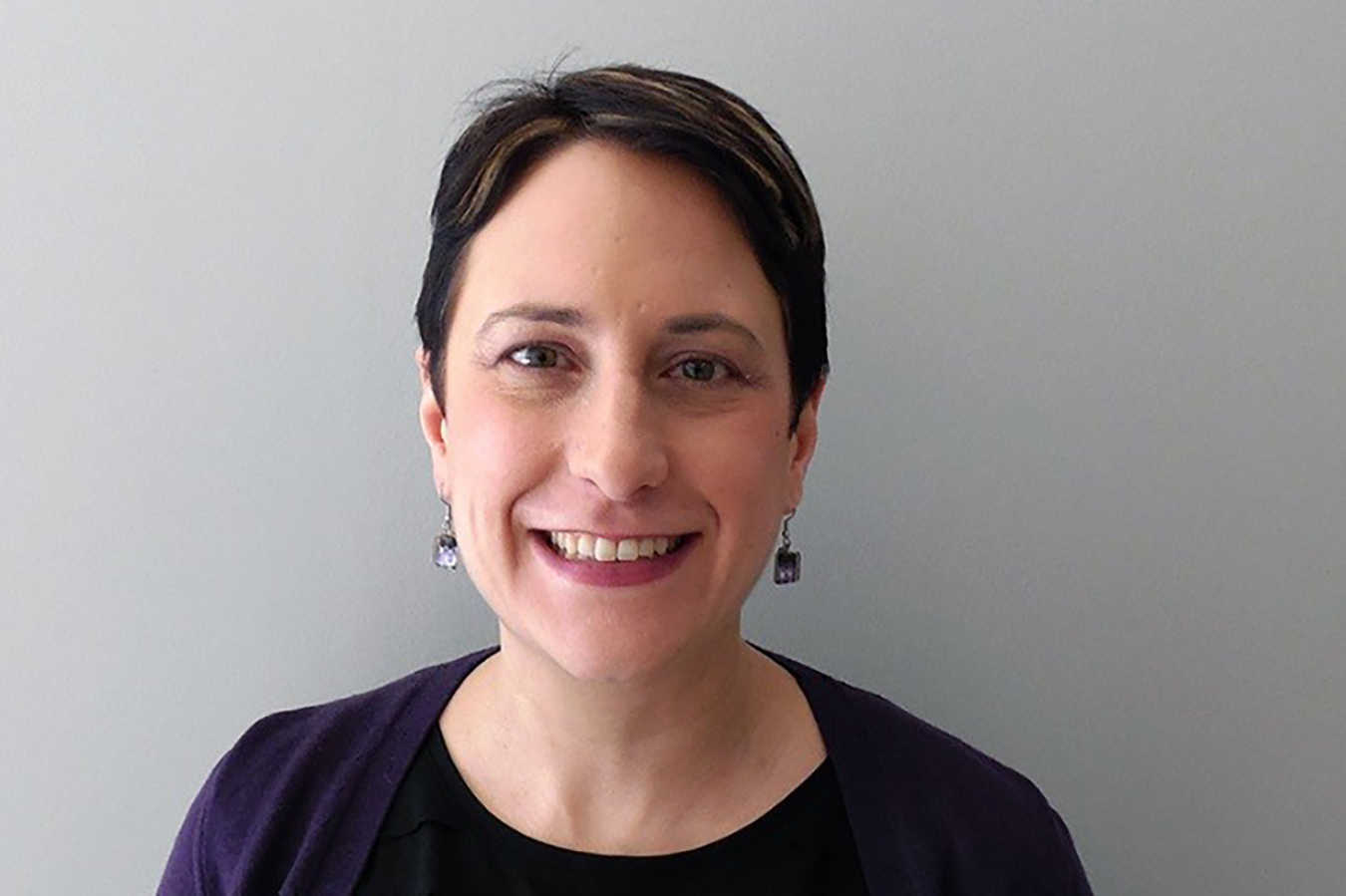
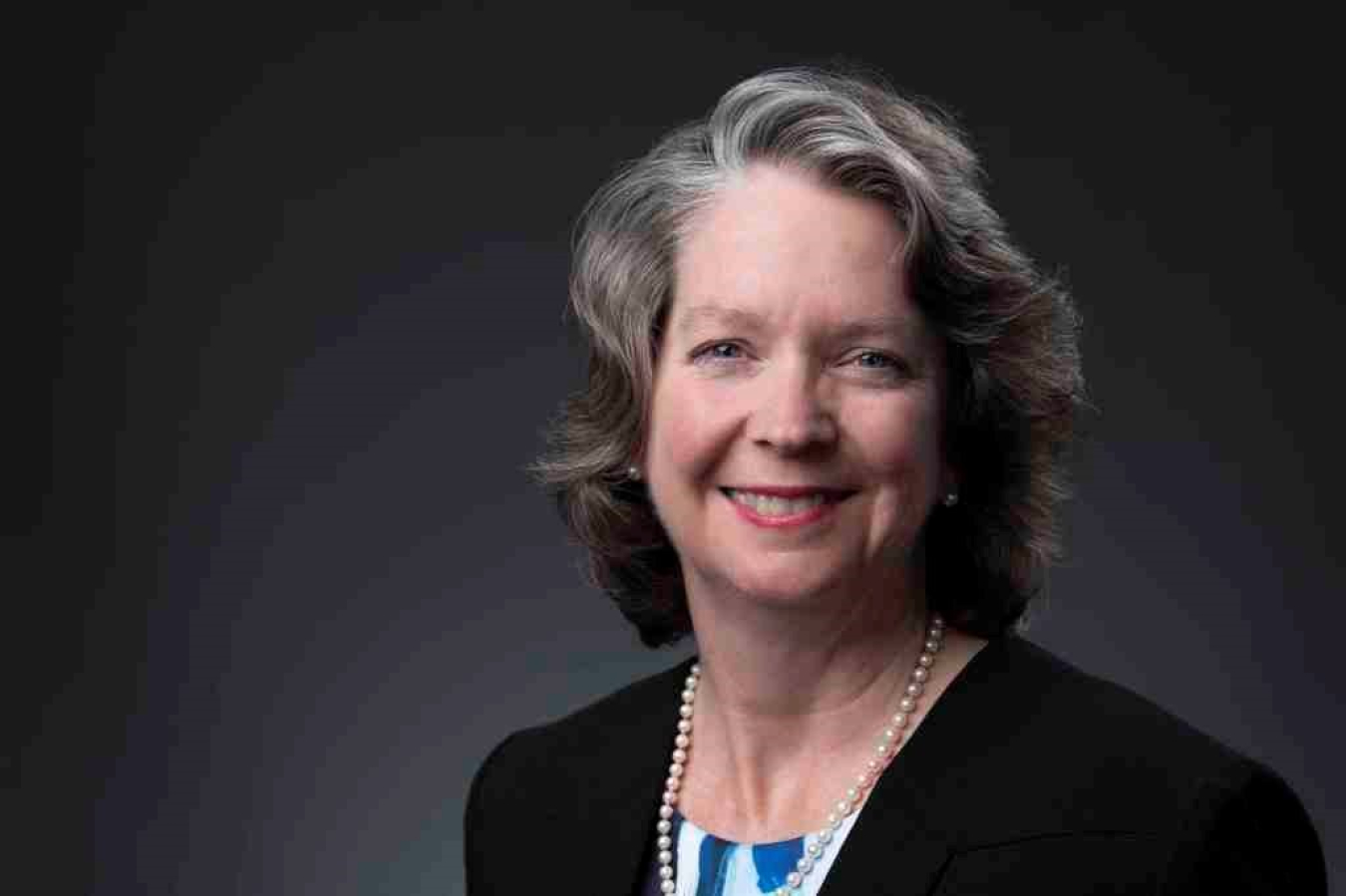
Among the many talented professionals who responded to the cesium contamination emergency at a University of Washington (UW) building in Seattle in May 2019 were Kristin Hirsch, Director of NNSA’s Office of Radiological Security , and Evelyn Mullen, Chief Operating Officer for Global Security at Los Alamos National Laboratory (LANL). Neither of them knew at the time that the incident at the University’s Research and Training Building would dominate their professional lives for the next 18 months… and counting.
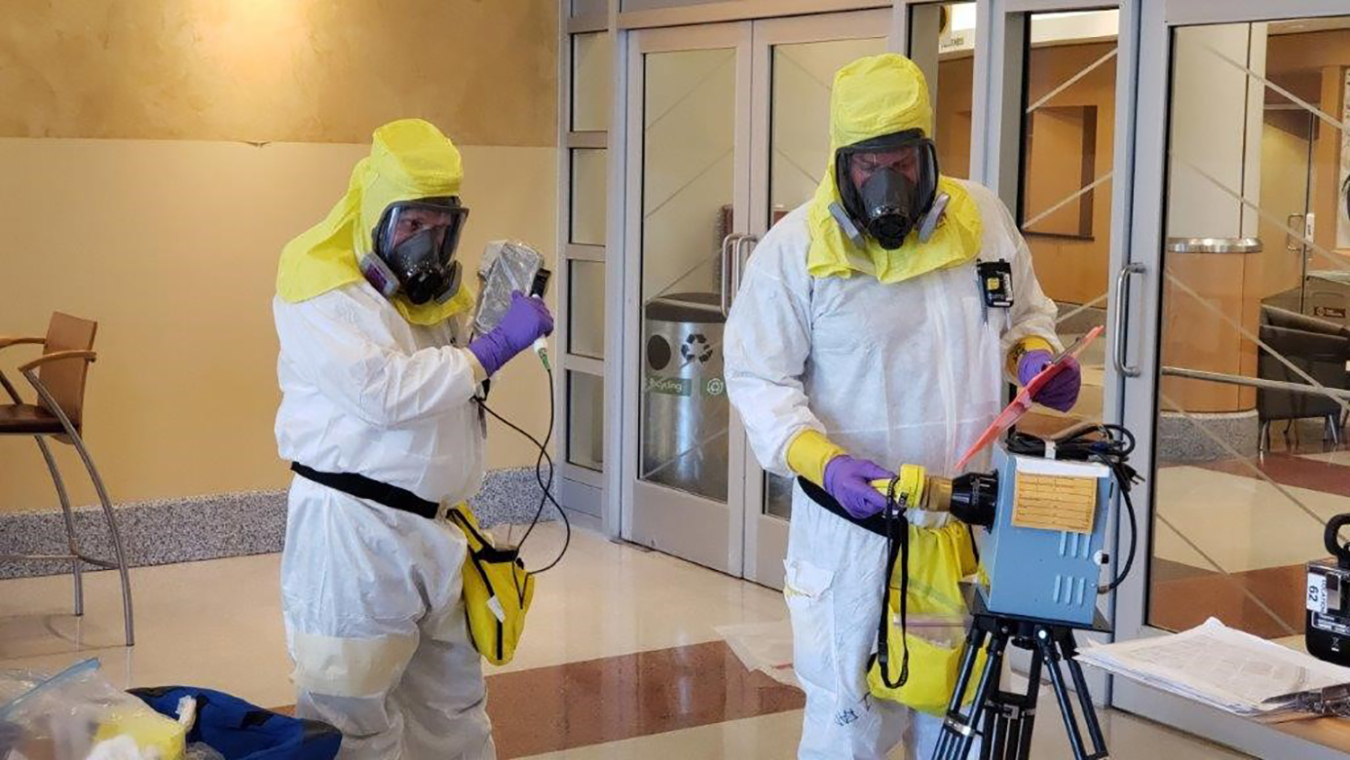
The event in Seattle occurred when a contractor for NNSA’s Off-Site Source Recovery Program (OSRP) attempted to remove an irradiator with a cesium-137 source from the building near Harborview Medical Center as part of the Cesium Irradiator Replacement Program . NNSA works with domestic users of cesium-137 irradiators such as medical and research facilities who are interested in converting to viable non-radioisotopic alternatives in order to prevent cesium sources from falling into the wrong hands.
During the operation to remove the source and transfer it into a shielding cask, the contractor inadvertently breached the sealed source, resulting in the release of radioactive cesium and the contamination of the facility. Thirteen people were impacted by the release and medically evaluated. The level of exposure to those individuals, which was less than the annual public dose limit, did not pose a health risk to them or to the general public. Since 2009, OSRP has successfully removed more than 300 cesium irradiators, and this was the first — and only — contamination event in the history of its national security mission.
“I am grateful to the University of Washington and the Washington Department of Health for partnering with us so closely and effectively throughout our work to clean up the building,” said David Huizenga, NNSA’s Associate Principal Deputy Administrator.
Dr. Brent Park, NNSA Deputy Administrator for Defense Nuclear Nonproliferation said, “Leadership from Kristin and Evelyn has helped us build and maintain a trusting relationship with our partners as we endeavor to repair the damage done by an incident that should never have happened. We are determined that such an event will never occur again as we continue to remove excess, unwanted, or disused radioactive sealed sources that pose a potential risk to national security, health, and safety.”
I am grateful to the University of Washington and the Washington Department of Health for partnering with us so closely and effectively throughout our work to clean up the building.
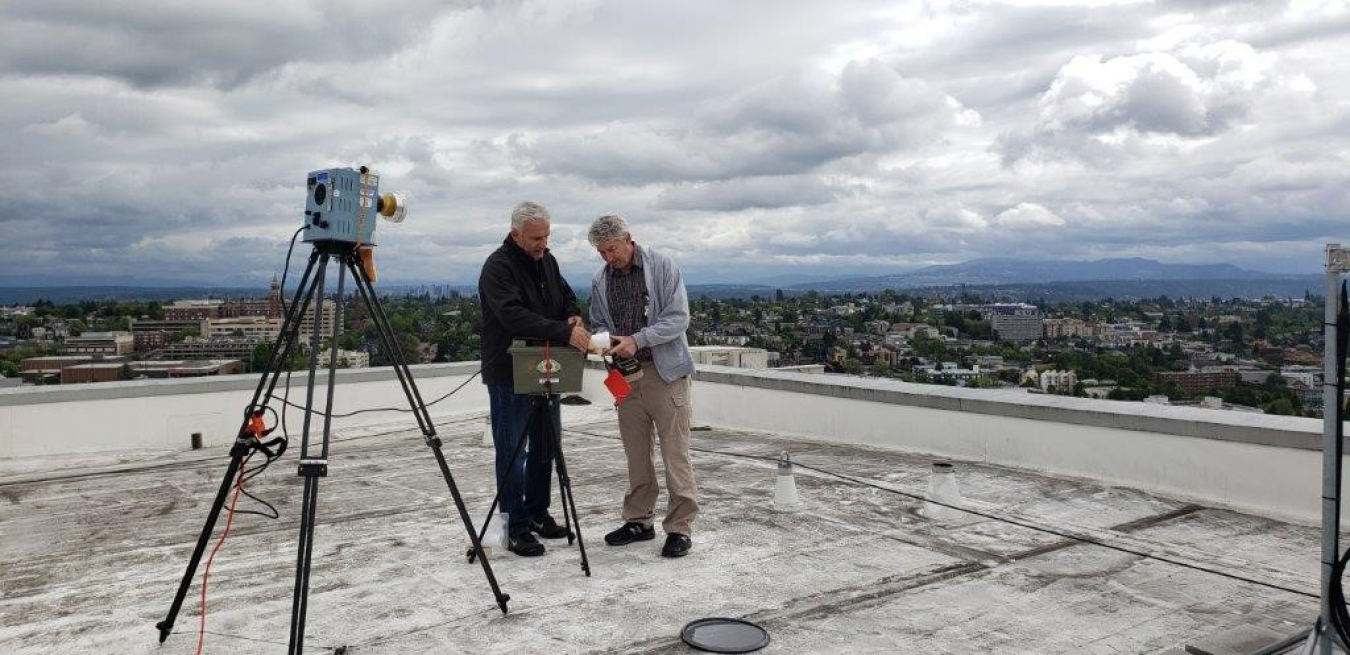
In response to the breach, Hirsch and Mullen teamed with their counterparts from UW and the Washington Department of Health (WDOH) along with colleagues from NNSA’s Radiological Assistance Program, LANL, and Pacific Northwest National Laboratory (PNNL) to understand the extent of contamination and plan its cleanup. The initial response stabilized the cesium source and ensured no additional contamination could occur, but remediation in the building proved to be a long-term effort. The radioactive material released in the accident had to be cleaned up to rigorous standards using elaborate decontamination methods. The multi-step process includes significant oversight, survey and sampling work, and documentation to ensure the building has been remediated to WDOH standards.
“I have met incredibly talented people throughout the Department of Energy (DOE) complex who have supported the emergency response and decontamination efforts,” Hirsch said. “I have learned from these excellent teammates and value working with them. I would not have been able to do this without Evelyn Mullen as a partner. She has been incredible to work with. Having good partners in unusual and unique situations makes everything easier and more manageable.”
Mullen echoed Hirsch’s praise of the people involved. “The team from UW, WDOH, NNSA, LANL, PNNL, and other parts of the DOE and NNSA enterprise as well as our subcontractors has been truly amazing,” she said. “We owe thanks to NNSA’s Radiological Assistance Program (RAP) and Consequence Management Home Team for committing significant time and personnel to the initial response to the accident and for months thereafter. RAP team members from all regions of the country cycled in and out of Seattle, bringing their invaluable radiological expertise and incident command support. Experts from LANL, PNNL, Idaho National Laboratory, and the DOE\Carlsbad Field Office also provided support throughout different phases of this project.”
We learned a lot from this incident and have re-evaluated the way we recover disused sources, and re-examined the risks and the hazards involved. We will no longer allow subcontractors to do the type of cutting or grinding in the field, which led to this event.
As the cleanup effort moves toward its conclusion, both women expressed confidence that a similar event will not occur again. In a joint investigation report released in March 2020 , NNSA took an unflinching look at the accident to determine the direct, contributing, and root causes of the cesium breach. The report concluded that the incident was preventable and the result of weak and partially implemented processes.
“We learned a lot from this incident and have re-evaluated the way we recover disused sources, and re-examined the risks and the hazards involved,” Hirsch said. “We will no longer allow subcontractors to do the type of cutting or grinding in the field, which led to this event. Every project now has a site- and a device-specific hazard analysis plan and a risk mitigation plan. Additionally, we have strong on-site oversight for all removals. Our primary focus is, and has always been, on safety.”
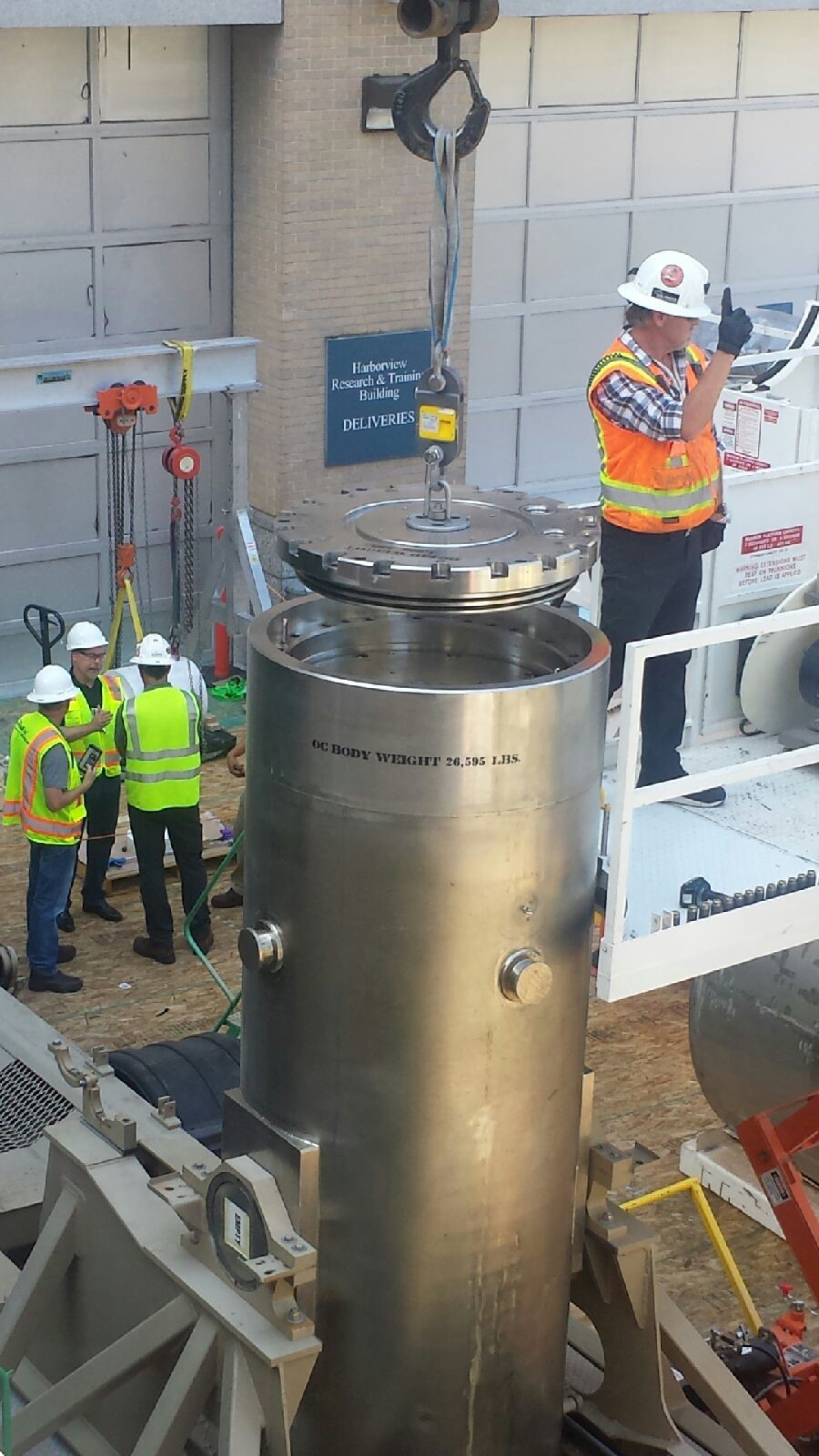
Mullen said, “I am confident that we have controls in place to prevent this event from recurring. I personally worked with the team at LANL developing the corrective actions, and the controls are robust and will strengthen the whole OSRP program.”
Hirsch added, “We have been very lucky that this event has motivated our medical and lab facility partners with cesium sources to dispose of them and convert to the use of X-ray devices instead, and we have had more volunteers for the Cesium Irradiator Replacement Project . I think our program is stronger than ever.”
Not only have Hirsch and Mullen applied their technical and administrative skills to the cleanup effort, but both have also interacted with local stakeholders affected by the extended closure of the biomedical research building. For example, managers and staff at a nearby women’s shelter expressed concerns about whether the cesium contamination had traveled beyond the Research and Training Building. Hirsch and Mullen met with them virtually to listen to their concerns and let them know that continuous monitoring of the air in and around the building showed the contamination did not spread into the neighborhood.
“It is so important to have patience and empathy,” Mullen said. “This incident has impacted all of the employees and neighbors in ways that are well beyond the technical issues. As technical experts, we tend to worry about the technical problems and are too quick to dive into the details when dealing with the people who have been impacted. Demonstrating empathy and working to address stakeholder needs can lead to a stronger partnership.”
Hirsch said communicating honestly and proactively is necessary during an emergency and throughout the mitigation period. “We let our partners know what we knew and what we didn’t know,” she said. “We didn’t pretend to have all the answers, but we committed to finding solutions. We also took ownership of the incident, investigated it independently, and as remediation activities progressed and things didn’t go according to plan, we readily acknowledged that and worked on corrective actions. The University has been a critical and key partner with us every step of the way. They have been involved in every decision and I think that helped to build trust. Communication with members of the public needs to be proactive, simple and clear. We had to be able to communicate complex activities without using jargon or other confusing technical language.”
As technical experts, we tend to worry about the technical problems and are too quick to dive into the details when dealing with the people who have been impacted. Demonstrating empathy and working to address stakeholder needs can lead to a stronger partnership.
As for what lessons they have learned from the anomalous event, Hirsch said, “I have learned so much. First is to expect the unexpected and to have strong mitigation and response plans in place. I learned a lot about emergency response and remediation, two completely new fields for me. Also, I saw firsthand the incredibly talented and smart people throughout the DOE complex who were willing and ready to pull together at a moment’s notice, working as a team toward a common solution. While I wish this event never happened, I am glad and proud to be a part of the responding team. It has been an extraordinary experience and I value all I have learned and all the incredible people I was able to meet.”
Mullen added, “Everyone is responsible for safety, and a questioning attitude about safety is crucial. This incident was avoidable, which sounds trite, but it is true. We all should question our assumptions about what can go wrong in our work.”

